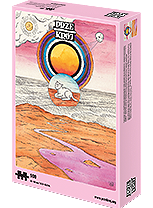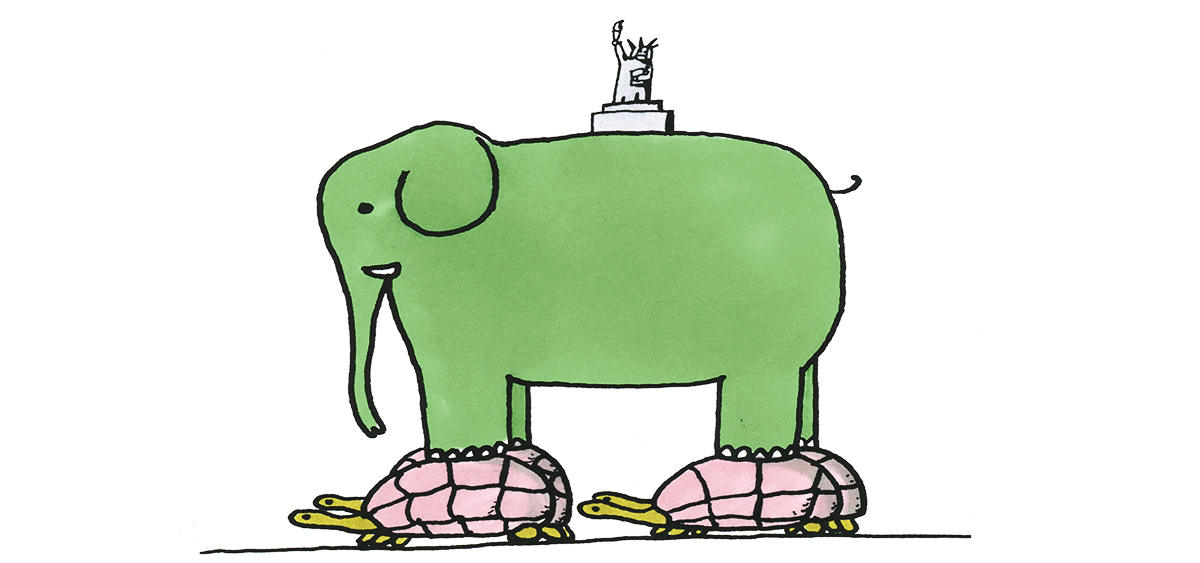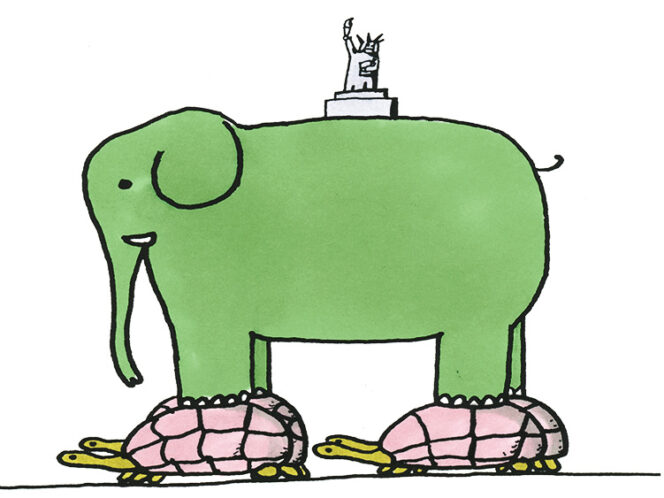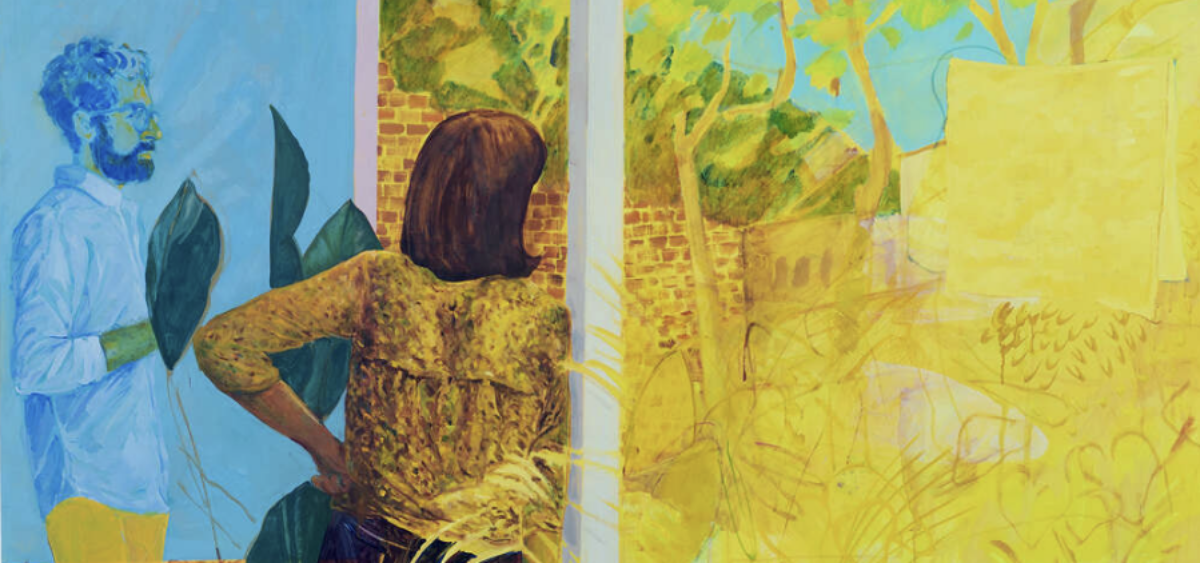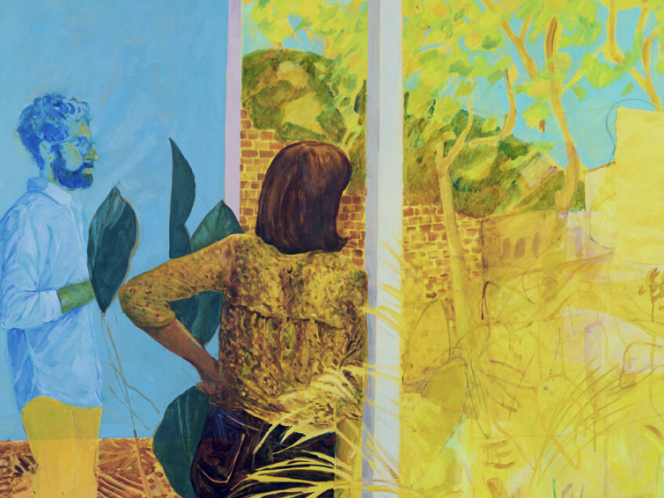
Few sights are as iconic as the menacing monolith of a woman draped in a long dress, overseeing a nearby busy metropolis that could just as well be the world’s capital. Nobody questions her choice of attire. Her dress’s bright, cyan-tinged greenness has become a brand on its own.
Walking along the ever-buzzing streets of the metropolis, one can find the iconic green silhouette crowned with a wreath of rays on fridge magnets, keychain pendants, posters, and stickers.
But the modern appearance of the Statue of Liberty, guarding the mouth of the Hudson River as it enters the Upper Bay, is far from how she was designed and imagined in the late nineteenth century. The green—as iconic as it is nowadays—was born from the boring dullness of dark metal plates of which the monument is made, slowly interacting with water and air. Some colors seem to abound in nature, providing hues to rocks, soil, stones, and gravel. In most cases, however, these are the less exciting brown, grey, and beige tones. On the other hand, green, quite similarly to other more brilliant and conspicuous colors like blue, red, or yellow, emerges reluctantly, usually harboring some specific metals’ color-producing powers.
Greenwashing the Green
Try to visualize a lush, dense forest pierced by the rays of the morning sun. Few images evoke the feeling of calmness and the sensation of connectivity with nature and the living world. Green is the color most commonly associated with life. The greenery of tree leaves of a tropical forest, with its canopy stretching to the edges of the horizon, is almost archetypically wild and


